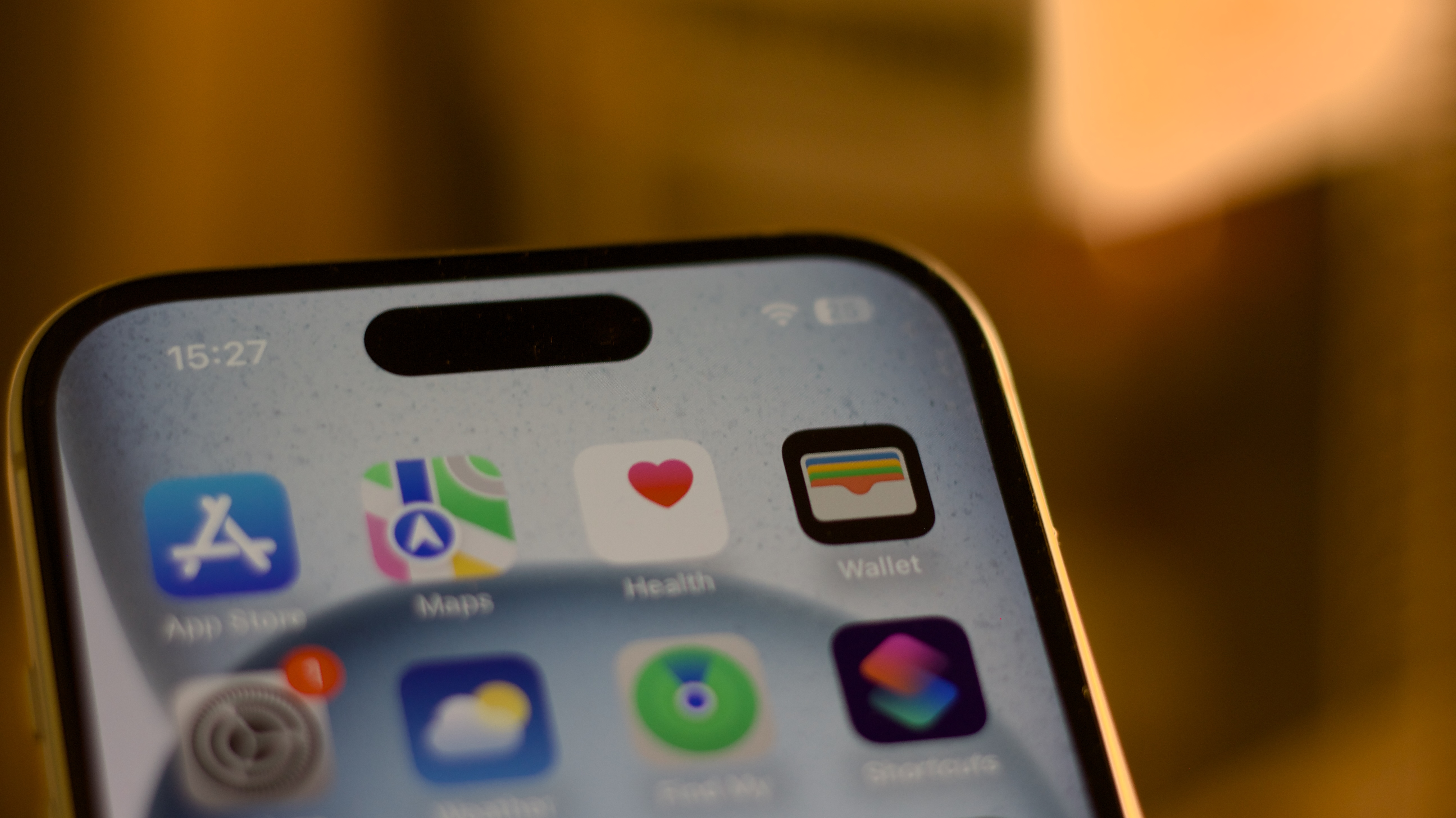2025's iPhone 17 models could sport always-on displays and 120Hz ProMotion variable refresh rates just like the Pro models
Apple could be about to give the iPhone 17 a big display boost.

Ever since the launch of the iPhone 14 Pro and iPhone 14 Pro Max, Apple has differentiated its best iPhone displays from the non-Pro models in a couple of key ways. Support for an always-on display and a 120Hz ProMotion variable refresh rate give Apple's two high-end iPhones features that the standard models can't match and the lineups continued to be separated in that way through 2023's iPhone 15 launch as well. But a new report suggests that changes are afoot — although they won't come in time for this year's iPhone 16 models.
The change, according to The Elec, will see Apple bring its best display features down the lineup and to the iPhone 17 and iPhone 17 Plus, two phones that are likely to be announced in 2025 alongside the iPhone 17 Pro and iPhone 17 Pro Max. If true, buyers of new iPhones in around 18 months won't have to choose the costliest models just to get cool features like a display that displays information even when turned off and a silky smooth scrolling experience.
Apple is yet to confirm any of this of course, and it's highly unlikely that it will until the new phones are unveiled in September 2025. However, the report claims that Apple is already in the process of lining up key display suppliers ahead of time.
A differentiating feature
The report says (via machine translation) that "Apple is likely to apply low-temperature polycrystalline oxide (LTPO) thin film transistor (TFT) organic light-diodes (OLED) to all four iPhone 17 series that will be released next year." The LPTO technology is key here — it's the display technology that allows for a variable refresh rate of up to 120Hz, enabling ProMotion.
The ProMotion feature does double duty on Apple's current Pro models. First, it allows for a refresh rate of 120Hz which in turn means that scrolling through content in apps and on webpages is smoother than on non-Pro iPhones, something that is also noticeable in high-speed gaming.
Secondly, and perhaps most importantly, the LPTO displays also allow the refresh rate to be reduced to just 1Hz, allowing Apple to keep the display on at all times without severely negatively impacting battery life. Doing so means that Apple can bring the always-on display to all 2025 iPhones, a feature that is a bigger deal than people might realize. In its current state, the always-on display offered today not only displays the time but also Live Activities and widgets from both first- and third-party apps. Owners of iPhones with ProMotion can also choose to have their wallpapers displayed at all times, too.
In terms of production, the report notes that BOE is already working to be a part of the iPhone 17 and iPhone 17 Plus supply chain. "At the end of last year, the BOE reportedly sent an LTPO-type iPhone OLED sample to Apple," the report explains. However, since the sample was only recently provided BOE will find it "difficult to deliver LTPO-type OLED for the iPhone 16 series this year, and it is a schedule that can be expected to deliver LTPO-type OLED for the iPhone 17 series at the earliest."
Master your iPhone in minutes
iMore offers spot-on advice and guidance from our team of experts, with decades of Apple device experience to lean on. Learn more with iMore!
It's claimed that Apple wants to bring LPTO display-powered features to the iPhone 17 and iPhone 17 Plus in order to differentiate them from the iPhone 15 and iPhone 16 families of devices. Few other notable changes are expected, and Apple needs to ensure that potential buyers have a reason to upgrade.
More from iMore

Oliver Haslam has written about Apple and the wider technology business for more than a decade with bylines on How-To Geek, PC Mag, iDownloadBlog, and many more. He has also been published in print for Macworld, including cover stories. At iMore, Oliver is involved in daily news coverage and, not being short of opinions, has been known to 'explain' those thoughts in more detail, too. Having grown up using PCs and spending far too much money on graphics card and flashy RAM, Oliver switched to the Mac with a G5 iMac and hasn't looked back. Since then he's seen the growth of the smartphone world, backed by iPhone, and new product categories come and go. Current expertise includes iOS, macOS, streaming services, and pretty much anything that has a battery or plugs into a wall. Oliver also covers mobile gaming for iMore, with Apple Arcade a particular focus. He's been gaming since the Atari 2600 days and still struggles to comprehend the fact he can play console quality titles on his pocket computer.
